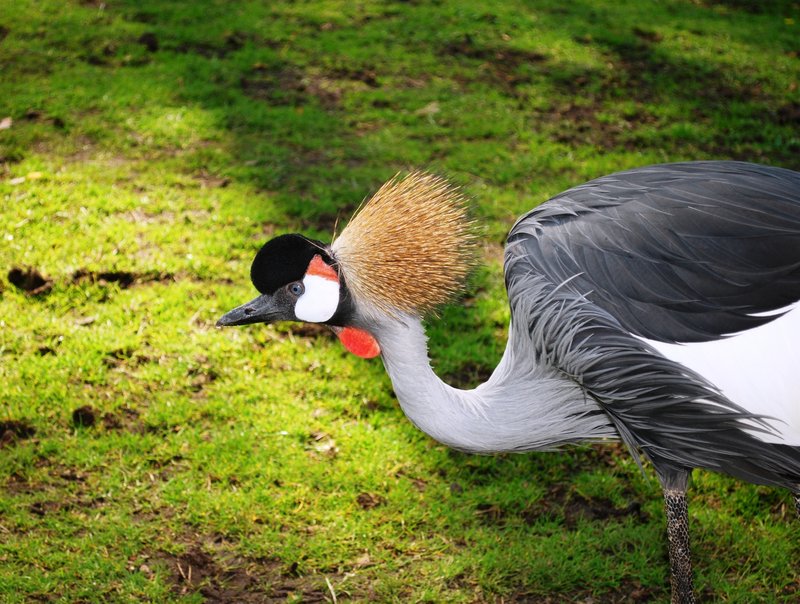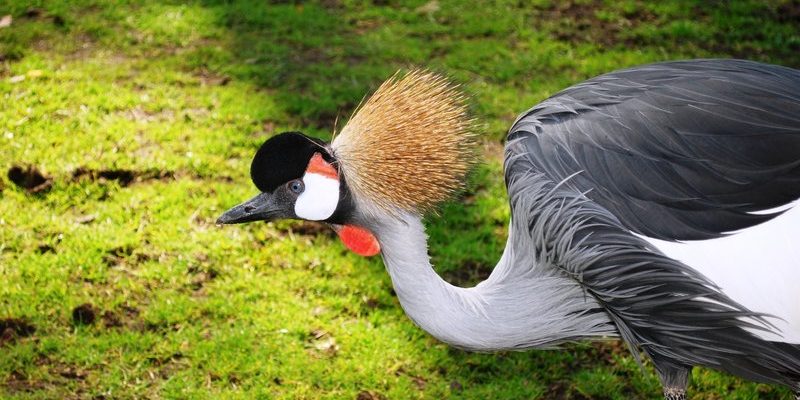
Understanding how to identify a crane can enhance your outdoor adventures. Cranes have some distinct features that make them easier to recognize once you know what to look for. So grab your binoculars and let’s dive into the wonderful world of cranes!
What Do Cranes Look Like?
Cranes are hard to miss once you know their characteristics. They typically have long legs, long necks, and large bodies. Depending on the species, their coloring can vary, but most cranes have a gray or brown plumage. Some species, like the Sandhill Crane, have striking red patches on their heads, which adds to their charm.
When you first spot a crane, pay attention to its size. Cranes can be quite tall—often reaching heights of up to four feet! Their long legs allow them to wade gracefully through water and wetlands. Additionally, cranes often have long, pointed wings, making them excellent flyers. When they take off, they may look like they’re soaring with the elegance of a ballet dancer.
Crane Behavior: Aside from their appearance, their behavior is also a good clue. Cranes are social birds and are often seen in pairs or small groups. They have a unique, bugling call that can be heard from quite a distance, so listen closely. If you hear a deep, resonant sound echoing through the wetlands, it’s likely a crane announcing its presence.
Where Can You Find Cranes?
Cranes prefer specific habitats, which can help you locate them more easily. You’re most likely to spot cranes in wetlands, marshes, and grasslands. These areas provide the necessary food sources like seeds, grains, and small aquatic animals.
Migration Patterns: Cranes are migratory birds, meaning they often move between their breeding and wintering grounds. For example, many Sandhill Cranes migrate from their breeding territories in Canada and the northern United States to winter in the southern U.S. and Mexico. Knowing their migration patterns can help you plan your birdwatching trips.
If you’re near the right habitats during migration seasons, you might be lucky enough to see flocks of cranes flying overhead or foraging in fields. Look for them in areas where they can easily access a water source, especially during early morning or late afternoon when they are most active.
Identifying Different Crane Species
There are several crane species across the globe, and each has its own unique characteristics. The most common species you might encounter are:
- Sandhill Crane: Known for its gray color and distinctive red head.
- Whooping Crane: One of the tallest species, it is white with black wingtips and has a loud, trumpeting call.
- Common Crane: Found in Europe and Asia, it has a gray body with a striking black neck and face pattern.
While watching these birds, it helps to familiarize yourself with their calls and physical characteristics. For instance, the Whooping Crane’s call is easy to recognize and can help pinpoint their location.
Field Guides: Using a field guide specific to your region can make identifying cranes much easier. These guides often have pictures and descriptions of different species, helping you distinguish between them as you observe their behavior.
Observing Crane Behavior
Watching a crane in its natural habitat can be fascinating. They have a variety of behaviors that are not only interesting but also reveal a lot about their social structures. Cranes often perform elaborate courtship dances, which include jumping, bowing, and flapping their wings. These displays are not just for mating; they also serve to strengthen bonds between partners.
During feeding, cranes utilize their long necks to probe in the mud or shallow water for food. You might see them sweeping their heads side-to-side as they search for tasty morsels. Observing these behaviors can give you clues about what kind of crane you’re looking at and what season it might be.
Social Structure: Cranes are known for their strong pair bonds. Once they choose a mate, they often stay together for life. This commitment adds a layer of beauty to your observations, as you can witness their interactions and the nurturing side of their lives.
Tips for Spotting Cranes in the Wild
Now that you know what to look for, here are some practical tips to improve your chances of spotting cranes:
1. Choose the Right Time: Early morning and late afternoon are prime times for birdwatching. Cranes are often more active during these hours.
2. Use Binoculars: A good pair of binoculars can help you see details from a distance without disturbing the birds.
3. Be Patient: Wildlife watching requires patience. Find a spot, sit quietly, and be ready to observe.
4. Look for Movement: Cranes are large and can be spotted from afar, but their movements can sometimes give them away. Watch for their long legs moving through the reeds.
5. Join a Group: Connecting with local birdwatching groups can provide tips and insights on where to find cranes in your area.
Identifying a crane in the wild can be a rewarding experience, opening up a whole new world of wonder in nature. With a little knowledge of their appearance, behavior, and habitat, you’ll be equipped to spot these magnificent birds on your next outing. Remember, the key is patience and keen observation. So next time you’re enjoying the great outdoors, keep an eye out for cranes and take a moment to appreciate their beauty and grace. Happy birdwatching!

